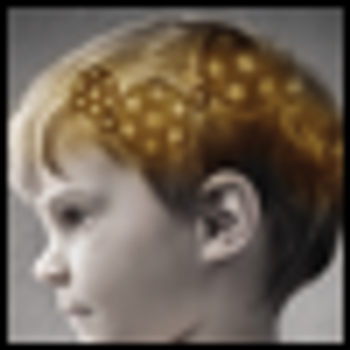
Child and adolescent psychiatry is in a position to inform the entire practice of general psychiatry in numerous other areas, including mood disorders, ADHD, and psychosis, as well as the topics...

Child and adolescent psychiatry is in a position to inform the entire practice of general psychiatry in numerous other areas, including mood disorders, ADHD, and psychosis, as well as the topics...

If we, as a people, continue to sacrifice genuine security for a false sense of freedom, we shall find ourselves in a nation neither secure nor free.

A recent article in the New York Times reports that doctors are prescribing stimulant drugs to compensate for the bad schools their child patients have to attend. Rates of ADHD have tripled in the last 15 years-precisely because many kids are being diagnosed with fake ADHD to make them eligible for medications and/or extra school services.

Many psychiatrists are not familiar with the latest developments in neuroscience and many clinicians are a bit skeptical about the relevance of neuroscience in their practice.

This book is “essential” reading for psychiatrists to familiarize themselves with this work because the author demonstrates that the application of our principal treatments offers the best hope for the education of our nation’s children.

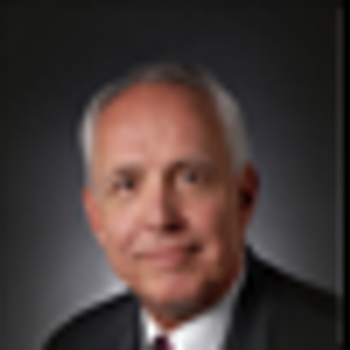
The president and CEO of the Association of American Medical Colleges outlines the reasons psychiatrists are well positioned to lead in this emerging culture of medicine.

new TWTR.Widget({ version: 2, type: 'search', search: 'psychcongress', interval: 30000, title: 'Live From San Diego', subject: 'Tweets From PsychCongress 2012', width: 250, height: 300, theme: { shell: { background: '#8ec1da', color: '#ffffff' }, tweets: { background: '#ffffff', color: '#444444', links: '#1985b5' } }, features: { scrollbar: false, loop: true, live: true, behavior: 'default' }}).render().start();

The latest research on psychiatric disorders will be presented at the 2012 Psych Congress in San Diego, CA, held from November 8 - 11. The staff of Psychiatric Times will provide news coverage on a number of topics including including ADHD, anxiety, bipolar disorder, depression, and schizophrenia. In addition, we will be interviewing many of the faculty and posting the interviews online as podcasts for download.

Comorbid depressive and anxiety disorders are commonly seen in both primary care and the specialty setting. Such comorbidity can present as major depression with subsyndromal anxiety symptoms or unipolar/bipolar depression with an anxiety disorder.
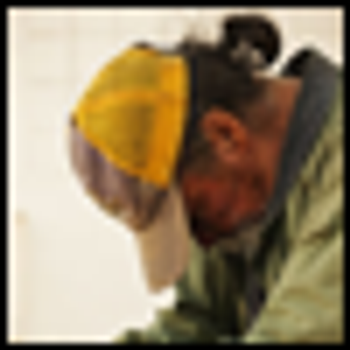
James Dao reports in the New York Times that the military is considering 2 steps to reduce its startling rate of active duty suicides-which is approaching an unacceptable one suicide every day. Both measures are completely sensible, but neither goes nearly far enough.

Contemporary psychoanalysts know that behavior is a form of communication. This book describes the work being done at the Austen Riggs Center, a psychodynamic institution in Stockbridge, Mass.

Having even a basic idea of the potential--as well as of the perils--of social media is therefore not only important to good practice, but it may be essential to good practice.
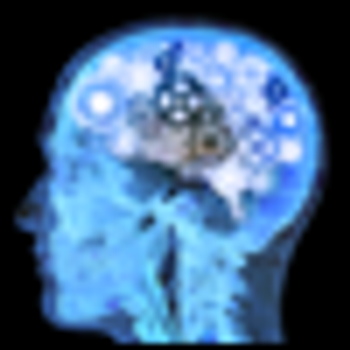
A plethora of studies support the hypothesis that inflammation plays a role in the pathophysiology of major psychiatric disorders.

Being a Therapist features intimate portraits of psychotherapists in their own work spaces. An excerpt of his interview with Dr Martin S.

Given the likelihood that insufficient numbers of patients will be available for a randomized controlled trial of MAOIs in refractory depression or atypical depression, we must still rely on consensus guidelines and expert opinion.

Unfortunately, brilliant psychiatrists continue to put on display their ignorance of the Second Amendment and its history.

We are told that we must allow the massacre of innocent Americans--including children--with easily obtained firearms because "it is the price we must pay for freedom."
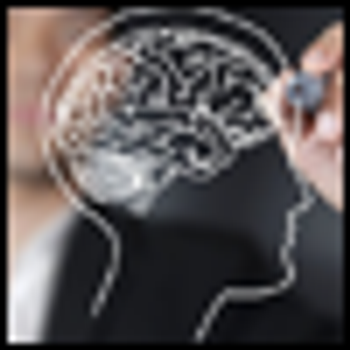
DSM-5 presents psychiatry with a potential “reset button” for diagnostic reliability.

Two yellow feathers and a skull. . . drop from the sky and fall on the brown . . . scar of trail, a sharp-shinned hawk

"You turn on the television, and violence is there. You go to a movie, and violence is there."

Four years ago, the winning presidential slogan went: “Yes, we can. Yes, we can.” We haven’t heard that slogan this time around. Maybe we�’ve come back down from this idealism to a more sobering reality.

Each wound speaks its own language.

The article focuses on eating disorders in males and presents information on similarities and differences between males and females as they relate to risk factors, clinical presentation, and treatment.

Boys with ADHD can present with different cognitive and behavioral patterns than girls with ADHD. Despite these factors, girls with ADHD remain at significant psychosocial risk into adulthood.

Improving our kids performance in school won't come from some vague, quixotic psychological fix. It requires they have better lives and better schools and that means us becoming a fairer society.

A recent case has caused a flurry of opposing opinions. Not surprisingly, transgender advocacy groups have praised the judge's decision that the inmate in question has an eighth amendment right requiring the state to support and pay for sex reassignment surgery.

A poetry reading by psychiatrist Richard Berlin, MD.

When this physician published an article containing his case summaries of 3 women with dementia praecox, he made it clear that this was a disease that neurologists and physicians in general practice could easily and reliably diagnose by following his diagnostic procedures.

Autism and schizophrenia may present as 2 separate disorders that need to be differentiated, or treated as comorbid conditions. It is important to remember that some individuals may have both disorders, which has implications when designing appropriate biopsychosocial interventions.